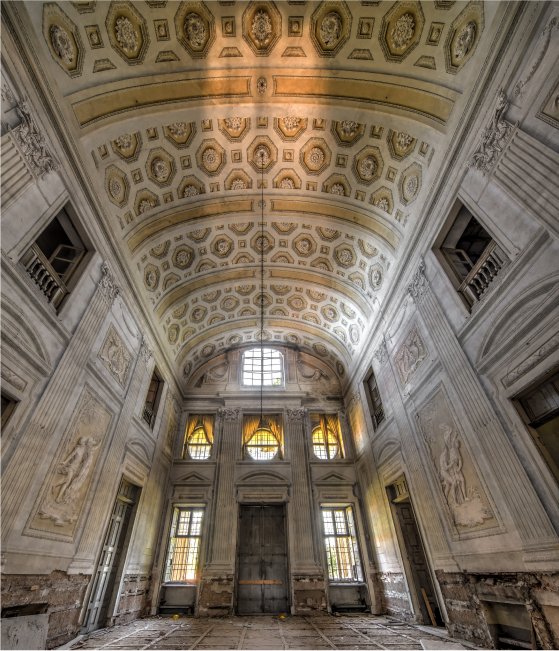The Remarkable Role of Color in Urbex Photography
In the world of urbex photography, I believe one of the most compelling elements is color. As an urban explorer and photographer, I've come to appreciate how colors can transform a decaying space into a vivid story of nature's power. My journey through abandoned spaces, from derelict hospitals to forgotten homes, has taught me that color is not just an aesthetic choice—it's a powerful storytelling tool.
When you step into an abandoned building, the first thing you notice is the overwhelming sense of neglect. But as you look closer, the combination of rust, moss, and peeling paint creates a palette that's both haunting and beautiful. These colors tell the story of time and nature reclaiming what was once a human domain.
Light and Shadow in Urbex
Light and shadow play a crucial role in my photography. In many abandoned buildings, natural light is scarce. Windows are often boarded up, and the interiors are cloaked in darkness. This creates a perfect stage for dramatic lighting, where beams of sunlight pierce through broken windows, illuminating patches of vibrant color.
The contrast between light and shadow adds depth to the scene, emphasizing the textures and details that might otherwise go unnoticed. Shadows accentuate the rough surfaces, while light brings out the rich colors of rust and decay. This not only highlights the physical transformation of the space but also evokes a sense of abandon – the undeniable passage of time.
Capturing the Beauty of Decay
One of the most fascinating aspects of urbex photography is capturing the beauty of decay. Rust, for instance, offers a stunning array of reds and oranges that contrast sharply with the greens and blues of moss and ivy. These colors symbolize the ongoing battle between man-made structures and nature's unstoppable force.
My photography style has evolved through a combination of techniques and a deep appreciation for the subject matter. One technique I rely on heavily is bracketing. By taking multiple shots of the same scene at different exposures, I can capture a broader range of details. This is particularly useful in the dimly lit interiors of abandoned buildings, where a single exposure often can't do justice to the scene's complexity.
Bracketing allows me to merge these exposures into a single, high-dynamic-range (HDR) image, revealing the full spectrum of colors and details. This technique not only enhances the visual richness of my photographs but also brings out the subtle nuances of light and shadow that define these abandoned spaces.
The Emotional Impact of Color
Ultimately, what I hope viewers take away from my images is an understanding that beauty resides even in the places that have been forgotten - you just have to know where to look. The colors in my photographs are more than just visual elements—they are emotional cues that tell a deeper story. The vibrant greens of new growth amidst the decay of human-made structures symbolize hope and renewal. The rich rust tones remind us of the impermanence of human achievements and the relentless march of time.
In capturing these scenes, I aim to pause time, to hold a moment in which nature reclaims and transforms. Through color, light, and shadow, my photographs of abandoned buildings reveal a world where decay is not the end, but a new beginning.






